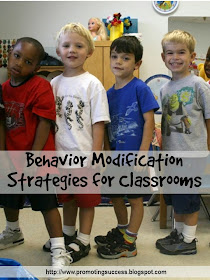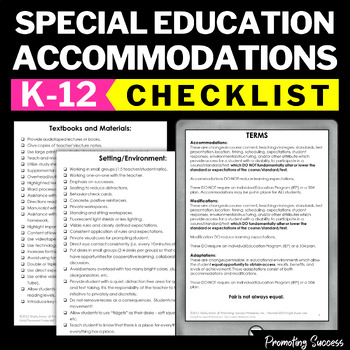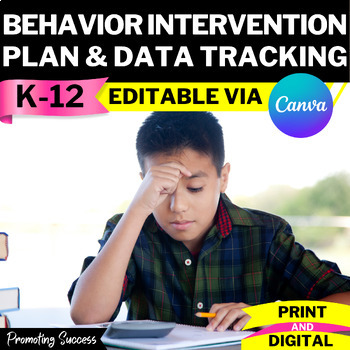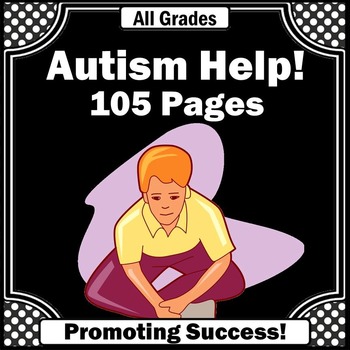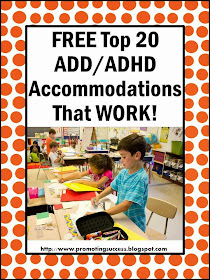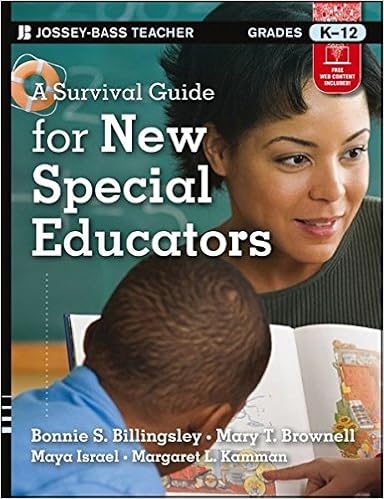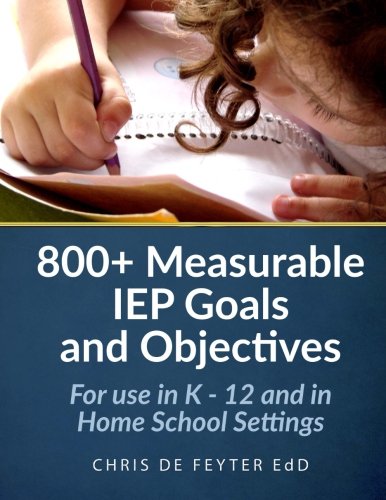Click HERE to view our Teachers Pay Teachers Promoting Success store.
Note: This blog post contains resources from our TpT store and Amazon Associate store.
Click HERE to follow us on Instagram.
Click HERE to follow us on Facebook.
--------------------------------------------
Stop, Relax, and Think teaches children how to think about the problem they are having and find a solution. Children learn the steps:
Define the problem.
Decide who "owns" the problem.
Think of as many solutions as possible to solve the problem.
Select a solution to try.
Use the solution.
Evaluate its success.
After children understand the steps, role-play and practice can help the process become habit. Helping children to recognize their own response to stress (clenched hands, voice tone, etc.) may become part of the instruction needed to use this strategy effectively.
Planned ignoring is useful in stopping behaviors that are annoying. For example, it is useful for students who yell or interrupt the class to attract the teacher's attention or that of students who are not prepared for class. Planned ignoring acknowledges that children's problem behaviors serve a function. If the purpose of a problem behavior is to gain adult attention, then not providing attention means that the behavior does not work. The behavior lessens over time and eventually disappears. Ignoring non-serious behavior is especially useful for parents when their child is having a tantrum for attention. Many adults find it difficult to ignore behaviors, however, especially if the behaviors inter-rupt what the adult is doing. Also, attention-seeking behaviors often get worse before they eventually go away.
Planned ignoring is not suitable for behaviors that are extremely disruptive. It also may not work if other children laugh at the problem behaviors the adult is trying to ignore. Some behaviors, including those that are unsafe or that include peer issues such as arguing, can grow quickly into more serious behaviors. It may not be possible to ignore these kinds of behaviors. Planned ignoring should never be used for unsafe behaviors. As children grow older and want attention more from their friends than from adults, planned ignoring is less useful.
Preventive cueing (also called signal interference) lets a child know when he or she is doing something that is not acceptable. Teachers or parents can frown, shake their head, make eye contact, point to a seat for a wandering child, or snap their fingers, to let the child know he or she needs to pay attention or to stop the problem behaviors. When using preventive cueing it is important not to smile or look pleased with a child. Preventive cueing may be used in steps, de-pending on the behaviors and how often they occur or how serious they are. For instance, a hand motion may work the first time or two, but it may need to be combined with eye contact or a shake of the head for the next offense.
Proximity control means that a teacher or adult moves closer to the child in a gentle way. If the teacher does not get the child's attention by using cues, then he or she may move closer to the student or give the lesson while standing near the child's desk.
Touch control, meaning touch that is not resisted, is a nonverbal guided intervention. It is used to direct a student toward positive behavior. For example, a teacher may gently place a hand on a child's shoul-der to steer the child back to his or her desk. Touch control should never be used with children who react angrily or when school policy does not permit its use. If a child's records show that he or she has a history of violence, has been abused or maltreated, is anxious, or has a mental illness or psychosis, touch control should not be used, unless specifically agreed to by a physician or psychologist.
Humor directed either at the teacher or the situation—never at the child—can defuse tensions as well as redirect children. Humor must never be used to demean a child or be used in a manner that might encourage others in the class to ridicule the child.
Nonverbal warnings give a child the opportunity to regain control without being singled out for a verbal reprimand. For example, a teacher might place a colored warning cue card or a note on a desk as he or she moves through the room, or hold up the number of fingers that corresponds to the rule being challenged.
Discipline privately. Many children see it as a challenge when teachers attempt to discipline them in front of their peers. Children rarely lose these challenges, even when adults use negative conse-quences. Young people can gain stature from peers by publicly refusing to obey a teacher. A child is more likely to accept discipline if his or her peers are not watching the process.
Positive phrasing lets children know the positive results for using appropriate behaviors. As simple as it sounds, this can be difficult. Teachers and parents are used to focusing on misbehavior. Warning children about a negative response to problem behaviors often seems easier than describing the positive impact of positive behaviors. Compare the difference between positive phrasing and negative phrasing:
Positive phrasing: "If you finish your reading by recess, we can all go outside together and play a game."Negative phrasing: "If you do not finish your reading by recess, you will have to stay inside until it's done."
Positive phrasing helps children learn that positive behaviors lead to positive outcomes. This, in turn, can help them gain control of their behaviors.
I-messages, described by Thomas Gordon in his 1974 book Teacher Effectiveness Training, helps children learn about how their problem behaviors affect others. It also demonstrates the importance of taking responsibility for one's own behavior. For example, parents or teachers will use language like "I'm upset when . . ." not "You are bad when . . ." When a child has a good relationship with parents and teachers, I-messages can help him or her to understand how the problem behaviors affect adults. If the child dislikes the teacher, though, using I-statements can be a problem. It may even help the child to more effectively annoy the teacher.
Behavior shaping acknowledges that not all children can do everything at 100 percent. If a child does not turn in papers daily, expecting that papers will be turned in 100 percent of the time is not realis-tic. By rewarding small gains and reinforcing the gains as they occur, children learn how to stick with a task and to improve the skill.
Clear routines and expectations let children know what comes next in their school day, reducing anxiety or fear. Teachers who post and review the rules daily establish expectations for behavior during the day.
---------------------------------------------------------
You may also like these resources from our TeachersPayTeachers store:
---------------------------------------------------------
---------------------------------------------------------
---------------------------------------------------------
You may also want to read this blog post:
---------------------------------------------------------
You may also like these great resources on Amazon:
---------------------------------------
---------------------------------------------------------
---------------------------------------------------------
---------------------------------------------------------
---------------------------------------------------------
---------------------------------------------------------
---------------------------------------
Please click HERE to see more books and resources from my Amazon store. I've searched for the best-selling and/or highest rated teaching resources for you! (I earn a small commission.)
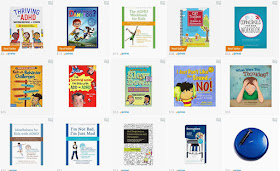

--------------------------------------------------------
Click HERE to view our Teachers Pay Teachers Promoting Success store.

Shelly Anton is a participant in the Amazon Services LLC Associates Program, an affiliate advertising program designed to provide a means for sites to earn advertising fees by advertising and linking to Amazon.com. ** This means there are Amazon affiliate links in these blog posts. This does not mean you pay a dime more when you purchase a product through the link. It just means I am trying to save you valuable teacher time by making it easier for you to find fun and effective resources for your students, and I earn a few cents for my research and time. Thank you for all you do for kids!

